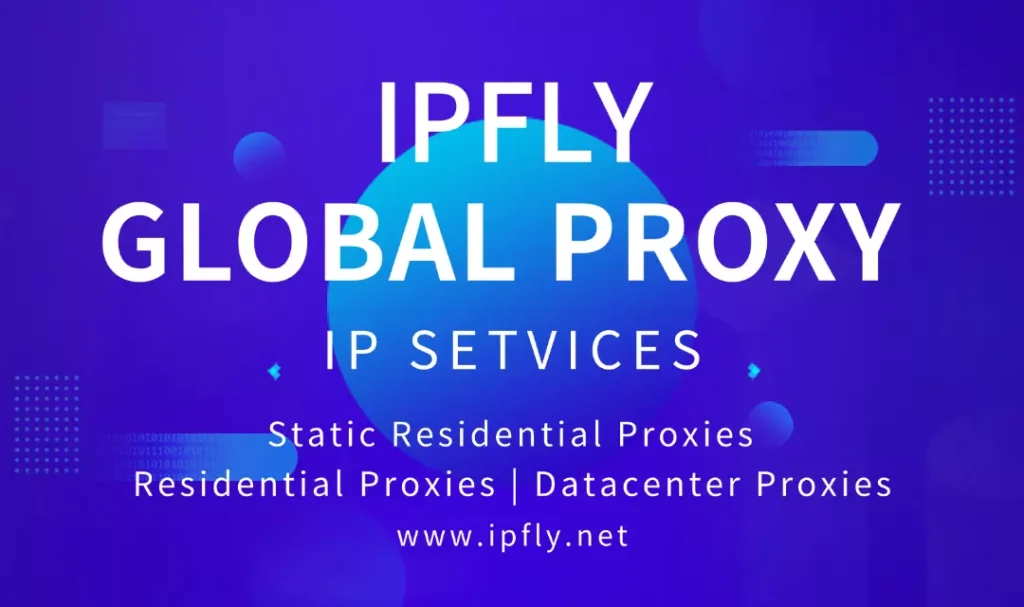Tamilyogi serves as a prominent platform for streaming Tamil-language films and series, aggregating content from various sources to provide users with a vast library of media. This site operates on principles of digital distribution, where video files are delivered through content delivery networks (CDNs) that optimize bandwidth by caching data closer to the user, much like how biological circulatory systems distribute nutrients efficiently across an organism. However, access to Tamilyogi is frequently restricted due to geographic limitations or regulatory measures, where network filters act as selective barriers, inspecting data packets to block specific domains through algorithms reminiscent of immune responses identifying foreign intruders.
The integration of a “Tamilyogi VPN” addresses these constraints by creating encrypted tunnels for data transmission, rerouting traffic through remote servers to mask the user’s origin and bypass blocks. Scientifically, this process draws upon cryptography and network topology, where symmetric encryption keys secure the tunnel, reducing the risk of interception similar to how cell membranes protect internal components from external threats. By altering the apparent IP address, a VPN enables seamless access to Tamilyogi, allowing users to explore its content library without interruption. This tutorial article examines the underlying network science, outlines the benefits and mechanics, and provides detailed guidance on implementation, fostering a deeper understanding of digital connectivity while emphasizing safe and ethical practices.

The Network Science of Tamilyogi Restrictions and VPN Solutions
To fully appreciate the role of a Tamilyogi VPN, one must understand the mechanisms of online restrictions. Websites like Tamilyogi may be blocked by ISPs or regional authorities using deep packet inspection (DPI), a technique derived from signal processing that analyzes packet headers and payloads to identify and deny access based on domain names or IP ranges. This creates a controlled digital environment, prioritizing compliance but potentially limiting access to cultural or entertainment resources that could enrich user experiences.
A VPN counters this by establishing a secure tunnel between the user’s device and a remote server, encapsulating data in encrypted packets that obscure the original request. Scientifically, this involves protocols like OpenVPN or WireGuard, which use asymmetric cryptography for key exchange—public keys initiate the connection, while private keys ensure confidentiality, akin to how enzymes lock onto substrates in biochemical reactions for specificity. The VPN server then forwards the request with its own IP, making it appear as if the user is browsing from a different location, thus evading geo-blocks. This rerouting reduces latency through optimized server selection and enhances privacy by masking the real IP, lowering the probability of tracking through behavioral analysis models that profile user patterns.
The Mechanics of Tamilyogi VPN: A Step-by-Step Breakdown
The operation of a Tamilyogi VPN can be dissected into a logical sequence, illustrating the interplay of encryption and routing. Think of this as a guided laboratory experiment in digital communications, where each step builds on the previous to achieve secure connectivity.
1.Connection Establishment: The user activates the VPN client, which negotiates a secure session with the server using handshake protocols, exchanging encryption keys to form the tunnel—a process grounded in number theory for generating secure primes.
2.Data Encapsulation: Outgoing requests to Tamilyogi are encrypted and wrapped in new headers bearing the VPN server’s IP, protecting the payload from inspection similar to how a cell wall shields internal organelles.
3.Rerouting and Forwarding: The server decrypts the request, forwards it to Tamilyogi with its IP, and receives the response, which it then re-encrypts and sends back through the tunnel.
4.Decapsulation and Delivery: The client decrypts the data, delivering the streaming content seamlessly, with minimal overhead thanks to efficient compression algorithms that optimize bandwidth.
5.Session Maintenance and Termination: The tunnel remains active for ongoing use, with keep-alive packets maintaining the connection; upon disconnection, keys are discarded to prevent reuse, enhancing forward secrecy.
This mechanism not only unblocks Tamilyogi but also illustrates fault-tolerant design, where encrypted tunnels provide robustness against interception or throttling by ISPs.
Benefits of Using a Tamilyogi VPN: Enhancing Security and Accessibility
Employing a Tamilyogi VPN offers multiple advantages, rooted in cryptographic and network optimization principles. Foremost is enhanced privacy: by masking the IP address, it disrupts surveillance techniques that rely on persistent identifiers, protecting against data profiling much like camouflage reduces visibility in natural selection. Security is bolstered through end-to-end encryption, safeguarding against man-in-the-middle attacks where malicious actors intercept unencrypted traffic to inject threats.
Accessibility is improved by bypassing geo-restrictions, allowing users to simulate presence in regions where Tamilyogi is freely available, leveraging server locations for low-latency connections measured in milliseconds. Performance benefits include reduced buffering in streaming, as VPNs can optimize routes to avoid congested paths, applying load-balancing algorithms for smoother playback. While potential drawbacks like slight speed reductions from encryption overhead exist, these are mitigated in well-optimized setups. For users seeking additional layers, combining VPN with proxy services can further enhance reliability; IPFLY, for instance, provides residential proxy IPs that complement Tamilyogi VPN strategies, offering authentic routing options for scenarios requiring high anonymity without compromising on connection stability.
Stop figuring out proxy usage tricks alone! Visit IPFLY.net to learn about our excellent proxy services, and more importantly, join the IPFLY Telegram community—exchange experiences with peers, get exclusive strategies, and upgrade your proxy experience from “usable” to “excellent”. Act now!

Practical Applications: Beyond Streaming with Tamilyogi VPN
A Tamilyogi VPN extends its utility beyond mere content access, finding applications in broader digital scenarios. In educational contexts, it enables exploration of global media for cultural studies, where video content demonstrates social trends or linguistic diversity through user-generated examples. For privacy-conscious individuals, it shields browsing habits from ISPs, preventing data sales or throttling based on usage patterns—a concern in environments with limited connectivity options.
In professional settings, such VPNs facilitate secure remote access to region-specific resources, simulating local presence for market research or content verification. Scientifically, this supports data collection for analysis, where encrypted tunnels protect sensitive queries, akin to secure channels in quantum communication preserving information integrity. Ethical use emphasizes focusing on legal content, promoting balanced participation in digital ecosystems.
Hands-On Tutorials: Configuring and Optimizing a Tamilyogi VPN
To translate theory into practice, the following tutorials provide guided experiments in VPN setup, allowing observation of connectivity changes.
Tutorial 1: Basic VPN Configuration for Tamilyogi Access For initial setup:
1.Select a VPN with servers in unrestricted regions, downloading the client software.
2.Install and launch the application, creating an account if necessary.
3.Connect to a suitable server, confirming the new IP via diagnostic tools.
4.Navigate to Tamilyogi, testing streaming quality and noting reduced buffering as evidence of successful unblocking.
This demonstrates immediate effects, useful for beginners.
Tutorial 2: Advanced Server Selection and Optimization For enhanced performance:
1.Analyze server options based on ping times and load, selecting those with minimal latency.
2.Enable features like kill switches to prevent leaks during disconnections.
3.Test multiple servers while streaming from Tamilyogi, measuring frame rates and adjusting for optimal clarity.
4.Integrate split tunneling to route only Tamilyogi traffic through the VPN, preserving local speeds for other tasks.
This tutorial highlights fine-tuning, valuable for consistent use.
Tutorial 3: Combining VPN with Proxy for Layered Security For additional protection:
1.Configure the VPN as the base layer, then add a proxy extension in the browser.
2.Route Tamilyogi requests through the proxy within the VPN tunnel.
3.Monitor for double encryption effects, balancing security with performance.
4.Experiment with configurations, quantifying anonymity through external IP checks.
This advanced method fosters a deeper understanding of multi-layer networking.
Educational Implications and Ethical Guidelines
A Tamilyogi VPN facilitates learning, where content access teaches concepts like media literacy or cultural exchange through diverse videos. Ethically, adherence to legal standards is essential, focusing on licensed material to avoid infringement. Legally, compliance with terms of service and regional laws is advised, promoting balanced digital participation.
In regulated contexts, consultation with authorities for approved methods is recommended, as unauthorized access may contravene guidelines. Scientifically, this encourages exploration of connectivity variables, advancing personal insight into network dynamics.
In conclusion, Tamilyogi VPN integrates network science with innovative solutions, enabling media exploration despite limitations. Through the provided guidance, individuals can apply these principles judiciously, enriching their experiences while recognizing the technological foundations.


